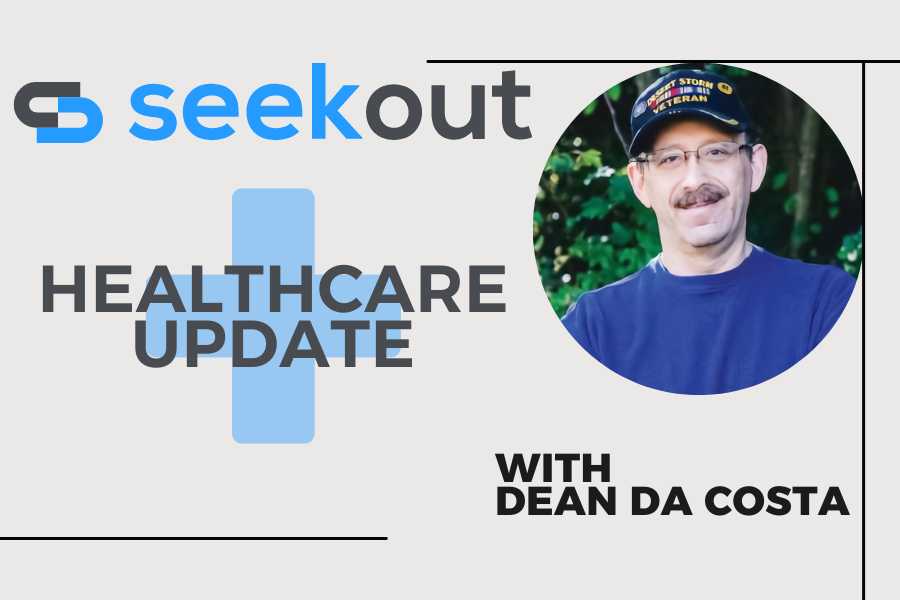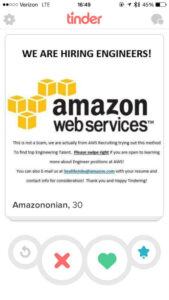Job postings are an art that’s hard to master between getting the details across while keeping it and trying to attract the right candidates to apply. To help you craft a job post that stands out and draws in the best candidates, we asked executives and recruiting leaders for their best insights. From highlighting special job benefits to relying on your humorous take on the role, there are several tips that may help you write the perfect job posting that would naturally draw high-quality applicants to the role being offered.
Highlight the Special Benefits the Job Offers
Highlight the culture and special benefits the job offers rather than the wage offered.
About three-quarters of job seekers prioritize work-life balance. They are looking for a better lifestyle that accompanies a job compared to the one they have now. A job posting that proudly touts its supportive culture and policies designed to prioritize a worker’s mental health is automatically appealing to most applicants. You can worry about pay scales once you enter the interview process.
Monte Deere
CEO, Kizik
Avoid Vague Terms and Phrases That Serve No Purpose
The term “other duties as assigned” might appease your internal legal eagles, but the phrase is as useful to candidates as “references available upon request” is to hiring managers.
When designing job descriptions, ditch the corporate speak and lose the laundry list of nice-to-have skills. Instead, break down the role by core activities and designate the percentage weight of each (time or value).
This mimics the performance standard and sets the employee up for success. Yes, needs and expectations will change over time, but if you can’t articulate what you actually require today, how will you ever find it?
Tim Toterhi
CHRO, Science and Medicine Group
Place Key Information in the First Paragraph
First impressions are crucial. You want to give the candidates all the important information about the job quickly. Speak plainly and give all potential recruits everything they need within the first few sentences.
The key information that needs to find its way to the first paragraph are the job title and description, salary range and whether it’s an in-person or remote job. Do that, and you will already stand out among other recruiters writing job ads.
Maciek Kubiak
Head of People, PhotoAiD
Share Insights into Basic Competencies for the Role
Far too often, job postings list an endless string of qualifications and credentials “required” for a specific role. While some professionals (physicians, CPAs, attorneys) absolutely need specific certifications or accreditations, most do not.
Providing a realistic idea of what the person will actually do in the role, like projects they may work on, problems they will solve and challenges the business faces are much better ways of describing “a day in the life” versus listing criteria.
Additionally, it’s critical to understand how we deliver our work. Interaction and partnership are key predictors of success or failure in any given organization. Two equally credentialed individuals can work in the same place, have the same boss, and work on the same things. One may be wildly successful while the other fails. Why? Because it’s how we do our work that matters.
Sharing insights into the competencies necessary for success within the job posting is a gift you can give your candidates.
Barbie Winterbottom
Founder and CEO, The Business of HR
Align Your Job Posting to Match Your Audience
You should always align your job posting with what your target recruit looks like.
For example, when I recruit labor for the summer months, I try to recruit a couple of college students. In my emails and ads, I usually write something about making money during your summer. Many college students need employment during the summer, which allows them to leave in August when they return to school. They want a little extra work while they’re out, so I put that idea in their head when they read my ad.
Always craft your ads to match your audience.
Rick Berres
Owner, Honey-Doers
Be Upfront and Transparent About the Salary Range
Whether or not you can offer Silicon Valley salaries, being upfront and transparent about the salary range of your job opening is worth it. Every serious candidate will Google your company before sending their application or interviewing with you, and they will already have a pretty accurate expectation of the salary.
You can decide to either come across as the employer that hides things from their employees or as one that’s open and honest in their communication. Only one of these will positively surprise candidates, leading to positive word of mouth.
The added benefit of salary transparency is removing a lot of clutter from your process and saving hours and hours of everyone’s time. Suddenly, all of your candidates will be relevant seniority-wise, and you diminish the risk of losing candidates at the finishing line because of compensation misalignment.
Max Korpinen
Co-Founder and CEO, Hireproof
Skip the Bullet Points and Focus on the Story
Although we often hear that bullet points are a great way to summarize information into short, concise pieces, the problem is that we overuse them. As a result, we get lists of data points about the employer, but no authentic stories we can identify with.
Humans were designed to pay attention to stories. So, instead of using a million bullet points on your next job posting, consider asking your hiring manager the following questions (record the conversation and use an edited version of their answer as the job post):
– How would you explain what the person in this role does?
– Describe what happens on a normal day in this role.
– After one year in this role, how will someone know they’re doing a great job?
You can certainly still use bullet points—we do all the time when we write our clients’ job posts. But the key is to focus on the story version of the job. It will give you an edge in the crowded world of job posts.
Justin Vajko
Chief Creative Officer, Dialog
Focus on the Impact the Candidate Will Have on Your Department and Company
Imagine you apply for a job, and you already know what you will be doing. You know what you’ll be owning one, three, and six months from now. A high-performer who cares deeply about their career trajectory will probably ask these questions in an interview, but if they have the information up-front and in black and white, their impression of the company will probably be a lot better compared to the companies that don’t volunteer this information upfront.
What is an impact job description? How do you make one?
When crafting a job description, focus on the *impact* a candidate will have on the department they’ll be responsible for and the company as a whole. Showcase the previous growth and clearly outline the desired outcomes a candidate can have influence over. Demonstrate the strengths but also the weaknesses of your company and allow the candidate to focus on the places where they can improve and take ownership of tasks that their skills align with.
Gordana Sretenovic
Co-Founder, Workello
Make Your Posting Concise
Having been in talent acquisition for over a decade, I’ve seen over a thousand job postings. In my experience, shorter job descriptions get a greater number and better quality applicants.
Think about it this way, match.com required people to fill out detailed profiles and fill out their preferences across various dimensions—and then came Tinder—sometimes less is more.
Atta Tarki
Executive Chairman, ECA Partners
Tout Your Dynamic and Diverse Work Environment
We foster an environment of diversity and inclusion in our company. That’s something that young professionals search for when they seek new employment. It’s a top priority for them.
They don’t want to get hired at a place where everyone looks the same and has the same background as they do. They want to learn from and be there for one another—and the workforce needs to embody all of that. Your workforce should includes a broad mix of socioeconomic, ethnic, and racial backgrounds.
When candidates notice that, they are more likely to share those postings with other people who prioritize diversity the same way they do.
Emily Saunders
Chief Revenue Officer, eLuxury
Use Humor to Skyrocket Engagement
Getting seen on the Internet, or “going viral,” relies on creating a job posting that people want to read, and comedy is key to making a post spread like wildfire. The trick is to advertise your position in a way that doesn’t obscure the actual role but still injects a bit of levity into the position.
I recently placed a candidate in a sales role that was cheekily advertised as a “Customer Wrangler.” In a funny way, that’s exactly what sales are all about, and the posting attracted a wide range of applicants with top-notch people skills.
Rob Reeves
CEO and President, Redfish Technology

















